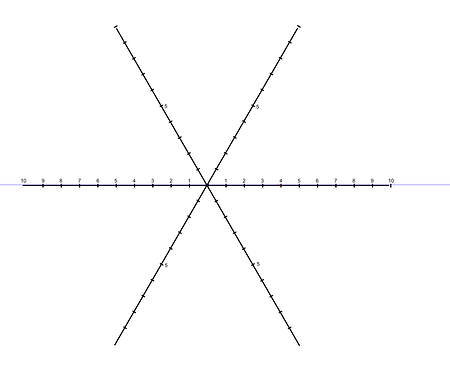Hello everyone,
I’m trying to set up some kind of loop to generate an SVG image dynamically, the goal is to generate a spider graph dynamically.
I thought about using a list widget with a counter to serve as a while() loop but the list widget iterate over a list, and I don’t know how to generate a list of n item from a variable.
Then I tried to use recursive transclusion but didn’t succeed: I think I need to trigger a macro to update a field value on each pass but don’t know how (and it’s probably really bad for performances anyway).
Is there a way to iterate a code an n number of times? If not, can you give me some hints on how I can use regular javascript and wikitext to achieve this result?
Thanks!

